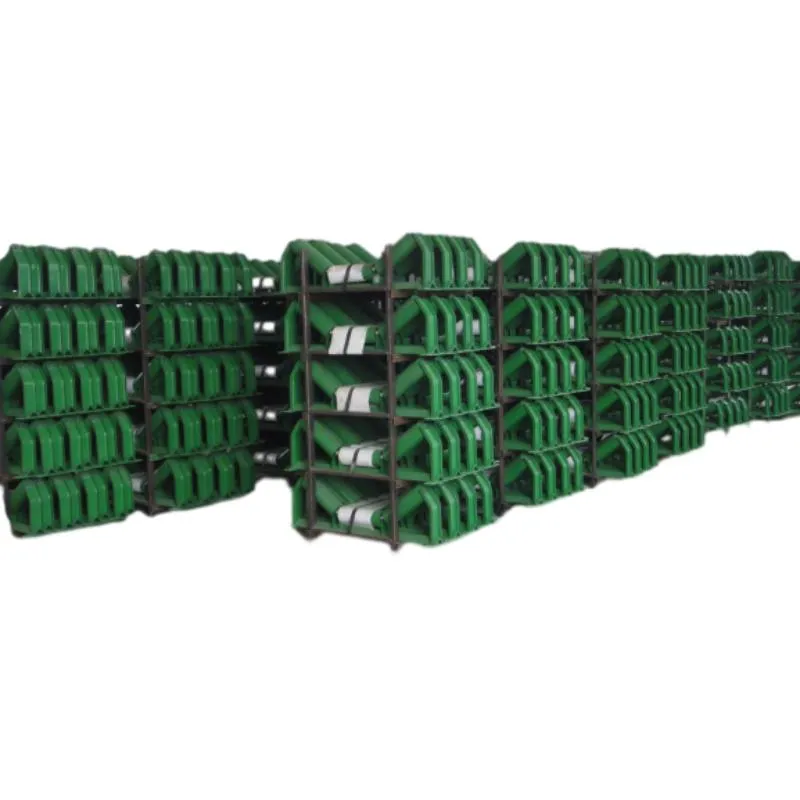 Afrikaans
Afrikaans  Albanian
Albanian  Amharic
Amharic  Arabic
Arabic  Armenian
Armenian  Azerbaijani
Azerbaijani  Basque
Basque  Belarusian
Belarusian  Bengali
Bengali  Bosnian
Bosnian  Bulgarian
Bulgarian  Catalan
Catalan  Cebuano
Cebuano  Corsican
Corsican  Croatian
Croatian  Czech
Czech  Danish
Danish  Dutch
Dutch  English
English  Esperanto
Esperanto  Estonian
Estonian  Finnish
Finnish  French
French  Frisian
Frisian  Galician
Galician  Georgian
Georgian  German
German  Greek
Greek  Gujarati
Gujarati  Haitian Creole
Haitian Creole  hausa
hausa  hawaiian
hawaiian  Hebrew
Hebrew  Hindi
Hindi  Miao
Miao  Hungarian
Hungarian  Icelandic
Icelandic  igbo
igbo  Indonesian
Indonesian  irish
irish  Italian
Italian  Japanese
Japanese  Javanese
Javanese  Kannada
Kannada  kazakh
kazakh  Khmer
Khmer  Rwandese
Rwandese  Korean
Korean  Kurdish
Kurdish  Kyrgyz
Kyrgyz  Lao
Lao  Latin
Latin  Latvian
Latvian  Lithuanian
Lithuanian  Luxembourgish
Luxembourgish  Macedonian
Macedonian  Malgashi
Malgashi  Malay
Malay  Malayalam
Malayalam  Maltese
Maltese  Maori
Maori  Marathi
Marathi  Mongolian
Mongolian  Myanmar
Myanmar  Nepali
Nepali  Norwegian
Norwegian  Norwegian
Norwegian  Occitan
Occitan  Pashto
Pashto  Persian
Persian  Polish
Polish  Portuguese
Portuguese  Punjabi
Punjabi  Romanian
Romanian  Russian
Russian  Samoan
Samoan  Scottish Gaelic
Scottish Gaelic  Serbian
Serbian  Sesotho
Sesotho  Shona
Shona  Sindhi
Sindhi  Sinhala
Sinhala  Slovak
Slovak  Slovenian
Slovenian  Somali
Somali  Spanish
Spanish  Sundanese
Sundanese  Swahili
Swahili  Swedish
Swedish  Tagalog
Tagalog  Tajik
Tajik  Tamil
Tamil  Tatar
Tatar  Telugu
Telugu  Thai
Thai  Turkish
Turkish  Turkmen
Turkmen  Ukrainian
Ukrainian  Urdu
Urdu  Uighur
Uighur  Uzbek
Uzbek  Vietnamese
Vietnamese  Welsh
Welsh  Bantu
Bantu  Yiddish
Yiddish  Yoruba
Yoruba  Zulu
Zulu Designing Efficient Conveyor Idler Rollers for Enhanced Material Handling Performance
Design Considerations for Conveyor Idler Roller
Conveyor systems are integral to numerous industrial operations, enabling the efficient movement of materials across varied distances and terrains. At the heart of these systems lies the conveyor idler roller, a crucial component that supports the conveyor belt, reduces friction, and ensures a smooth flow of materials. The design of conveyor idler rollers plays a significant role in the overall performance and reliability of conveyor systems. This article delves into the key considerations and methodologies involved in the design and development of effective idler rollers.
1. Functionality and Load Support
The primary function of an idler roller is to provide support for the conveyor belt while maintaining its alignment and facilitating its movement. An idler roller must be designed to handle various loads, including static and dynamic forces resulting from the weight of the transported materials and the motion of the conveyor system itself. Therefore, understanding the anticipated load conditions is critical. Engineers must consider factors such as the weight of the materials being transported, the speed of the conveyor system, and the overall conveyor length when determining the appropriate size, material, and configuration of the roller.
2. Material Selection
Selecting the right material for the construction of idler rollers is essential for durability and performance. Common materials include steel, rubber, and plastic. Steel rollers are robust and suitable for heavy-duty applications, offering high strength and resistance to wear. However, they can be prone to rust, necessitating surface treatments or coatings for corrosion protection. Rubber and plastic rollers, on the other hand, are lighter and more resistant to chemical exposure, making them ideal for specific environments where corrosive materials are present. Ultimately, the choice of material depends on the application, environmental conditions, and desired lifespan of the idler roller.
3. Roller Design and Configuration
conveyor idler roller design

The design of the roller itself significantly impacts its performance. Key considerations include the diameter, length, and shape of the roller. Larger diameter rollers tend to reduce friction and wear on the conveyor belt, while longer rollers can distribute the load more evenly. Additionally, specialized configurations, such as tapered rollers, can help reduce material buildup and enhance belt tracking. The roller's bearing type and lubrication system also require careful planning to minimize maintenance needs and maximize the lifespan of the roller.
4. Alignment and Tracking
Proper alignment of idler rollers is critical to the efficient operation of a conveyor system. Misalignment can lead to belt wear, increased energy consumption, and material spillage. Engineers must design roller frames that allow for easy adjustment to maintain alignment throughout the roller's lifecycle. Effective tracking systems that incorporate vertical and horizontal adjustments can greatly improve the overall performance of conveyor systems, ensuring smooth operation under varying load conditions.
5. Safety and Environmental Factors
Designing conveyor idler rollers with safety in mind is paramount. Engineers need to consider potential hazards associated with moving parts and the surrounding environment. Incorporating safety guards, emergency stops, and proper labeling can significantly reduce the risk of accidents. Furthermore, designing rollers that minimize noise and vibration can improve the working environment for operators and reduce the ecological impact of conveyor systems.
Conclusion
The design of conveyor idler rollers is a complex process that necessitates a deep understanding of the operational demands, materials, and configurations. By carefully considering load conditions, material selection, roller design, and alignment, engineers can create reliable and efficient idler rollers that enhance the performance of conveyor systems. As technology continues to evolve, ongoing innovation in roller design will further improve the effectiveness and sustainability of conveyor operations in various industries.





























